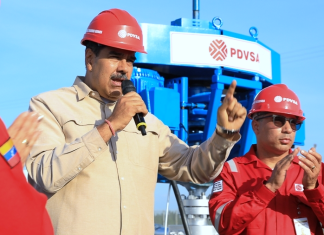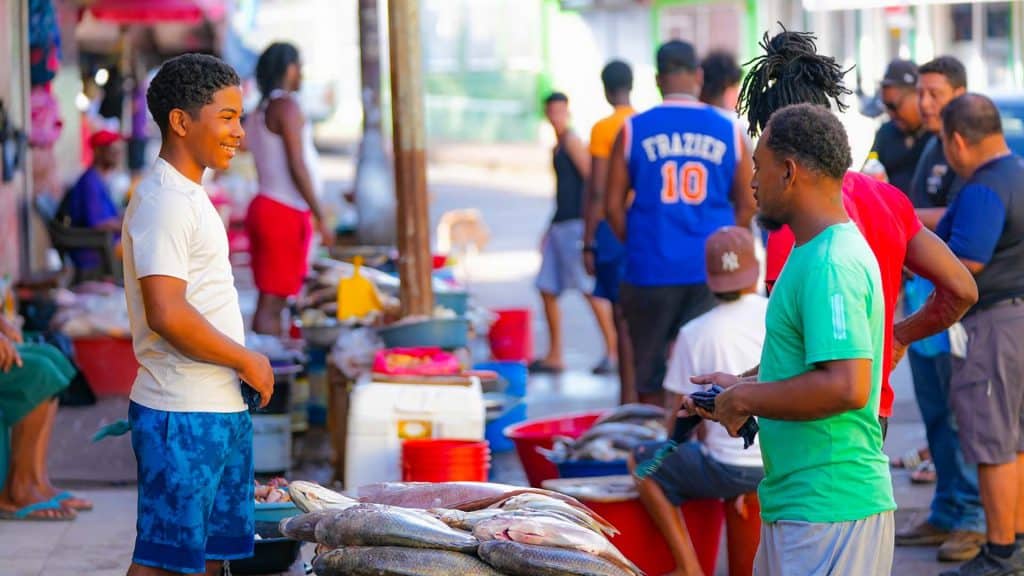
Nicaragua has witnessed a broad spectrum of works and advances covering the Autonomous Regions of the Caribbean Coast since the assumption of power by the Sandinista government led by Daniel Ortega in 2007.
The comprehensive investments of the Latin American country’s government focus on fundamental areas such as infrastructure, technology, health, education, and security for the North and South Caribbean Autonomous Regions.
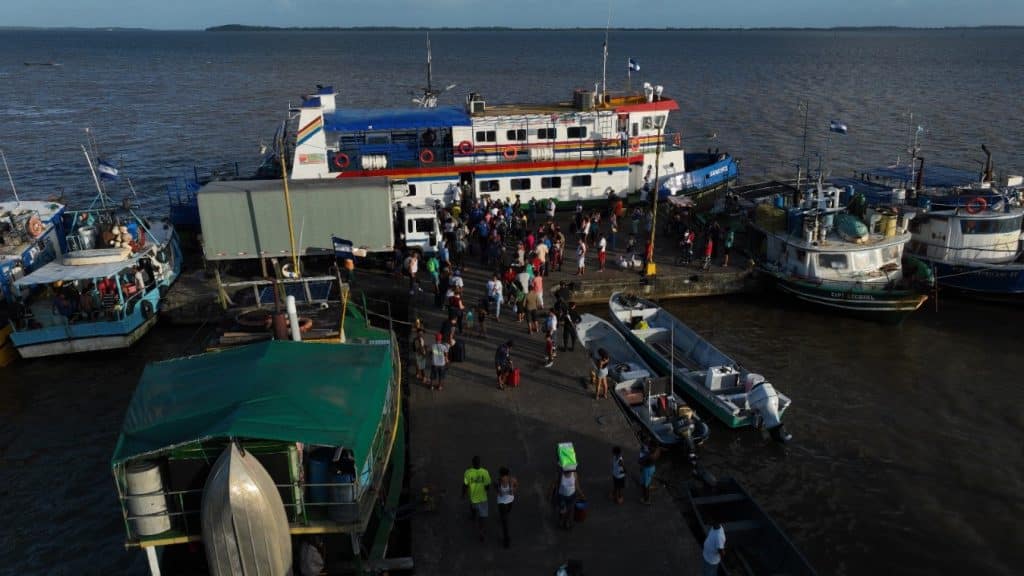
Steadman Fagoth, leader of the Miskito indigenous community in the Caribbean Coast, has highlighted the tangible benefits that these initiatives have brought to the inhabitants and communities of the Nicaraguan Caribbean region, attributing these achievements to Ortega’s government administration.
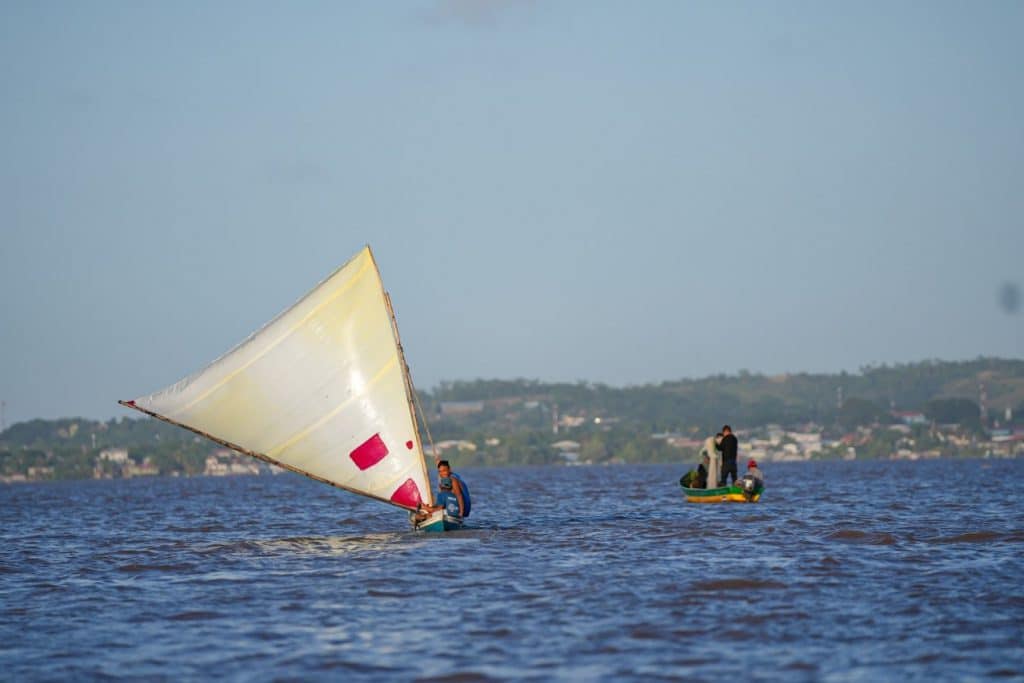
“The engine (Daniel Ortega) that drives this does not see it in a partisan way; he sees it in a very global, very universal way, he sees needs, sees where a hospital is needed as a priority,” emphasized Fagoth.
Development in the Caribbean Coast of Nicaragua
During the period from 2007 to 2023, Nicaragua has experienced significant progress in educational coverage, both in rural and urban areas, through the implementation of new modalities of technical and technological education for young people and adults, all free of charge.
The National Agrarian University of Nicaragua has allocated more than 4 million córdobas (108,843 dollars) in the last three years to provide direct training to students from the Nicaraguan Caribbean Coast.
In December 2023, more than 66 technicians graduated from the field technical school, and currently, it is expected that 300 new students will complete their careers this year.
On the other hand, the Nicaraguan government has made significant investments in the health sector nationwide, benefiting more than 300,000 people from various municipalities in the South Caribbean Coast through medical services provided at the Regional Hospital Doctor Ernesto Sequeira Blanco, located in the municipality of Bluefields.
The construction of the Nuevo Amanecer Regional Hospital in Bilwi is a historic milestone in the health of the Northern Caribbean Coast, with an infrastructure of two floors and eight buildings, it will have an area that exceeds 18,000 m2, with an investment of more than 70 million of dollars
The impressive healthcare building will be able to serve around 457,000 inhabitants of the Nicaraguan South Caribbean, providing care in various medical specialties.
In this regard, Meylin Arellano, an official from the Ministry of Health of Nicaragua, emphasized that this new hospital comes to “strengthen much in the distances because sometimes we have to transfer all those seriously ill patients… but with this new hospital, we will provide higher quality and resolution to the population.”
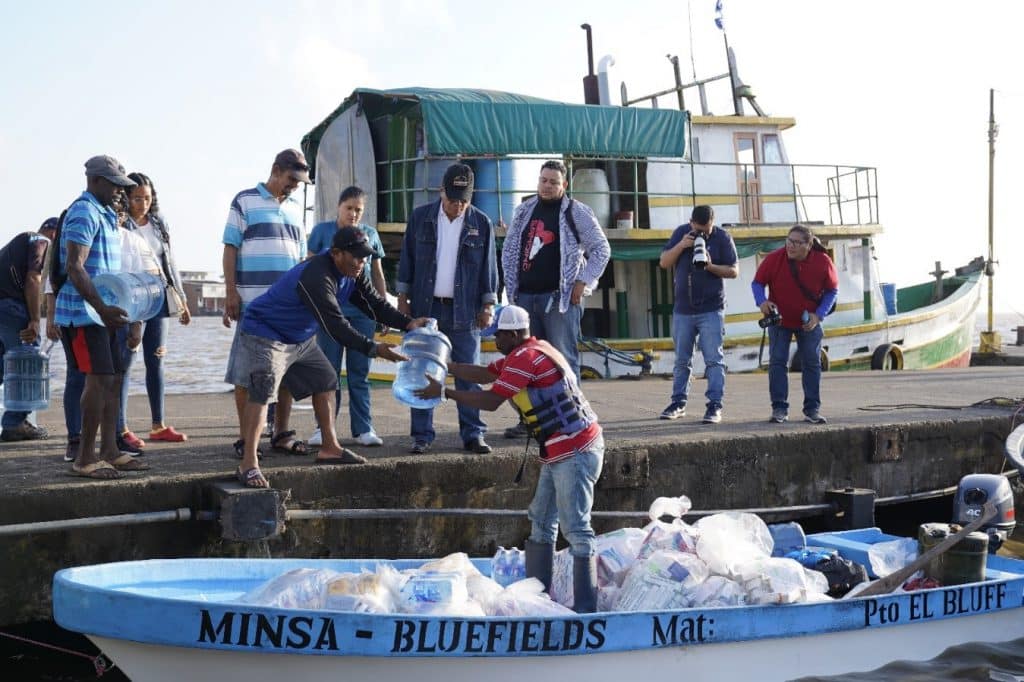
In December 2023, Nicaragua allocated more than half a million dollars for the acquisition of aquatic ambulances, with the aim of improving access to medical services in Nicaraguan Caribbean communities, as reported by the Ministry of Health (MINSA).
Over the past 17 years, the Nicaraguan government has rapidly strengthened its policies aimed at respecting and fulfilling the rights and empowerment of Nicaraguan women.
This is reflected in its direct focus on the Autonomous Regions of the Caribbean Coast, where it has provided comprehensive attention to 18,916 Miskito, Creole, and Mayagna women, providing them with educational materials in their mother tongues.
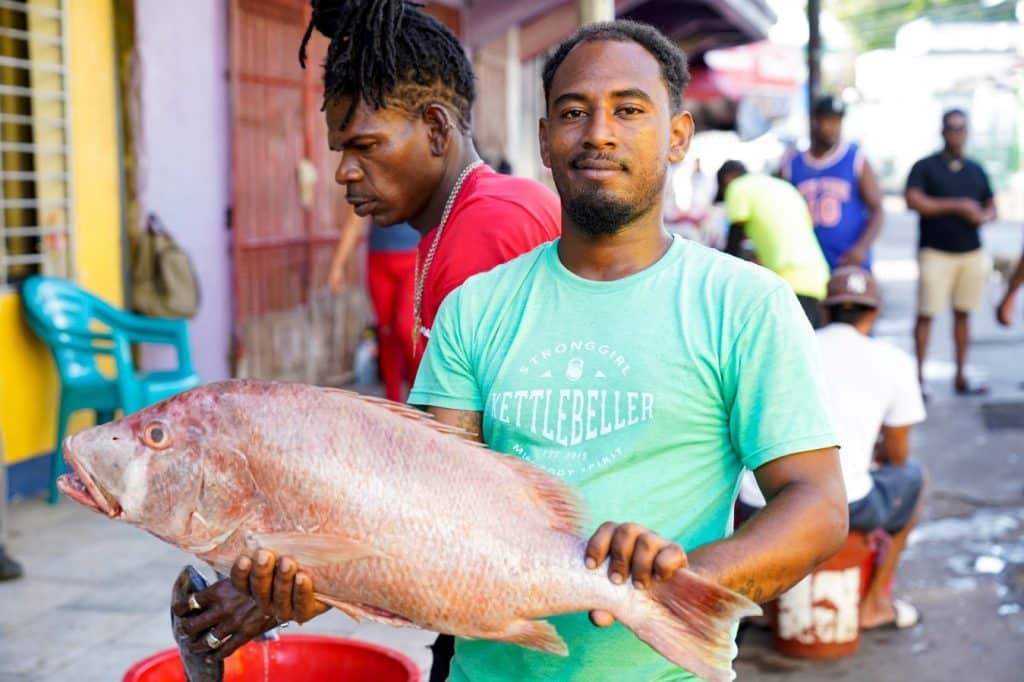
Under the leadership of President Daniel Ortega, Nicaragua achieved a long-awaited historic milestone: the connection of the Pacific with the Nicaraguan Caribbean through the construction of 72.8 kilometers of hydraulic concrete road, with an investment of $115 million, according to data from the Ministry of Transportation and Infrastructure (MTI).
This achievement and others like it positioned Nicaragua in fifth place among Latin American countries with the best roads, according to data from the Global Competitiveness Index of the World Economic Forum.
Likewise, MTI details that 127 new kilometers of paved roads have been completed, including the first stretch of the Sahsa-Puerto Cabezas Road, 15 km long, and the Rosita-Bonanza Road, 20 km long.
“Let me tell you, that construction of roads and its bridges, you must have it in front, you have to mention it; things have been changing, cultural integration,” highlighted Fagoth.
In terms of infrastructure, distribution networks have doubled in length since 2007, and thousands of solar panels have been installed, especially in hard-to-reach areas on the Caribbean Coast.
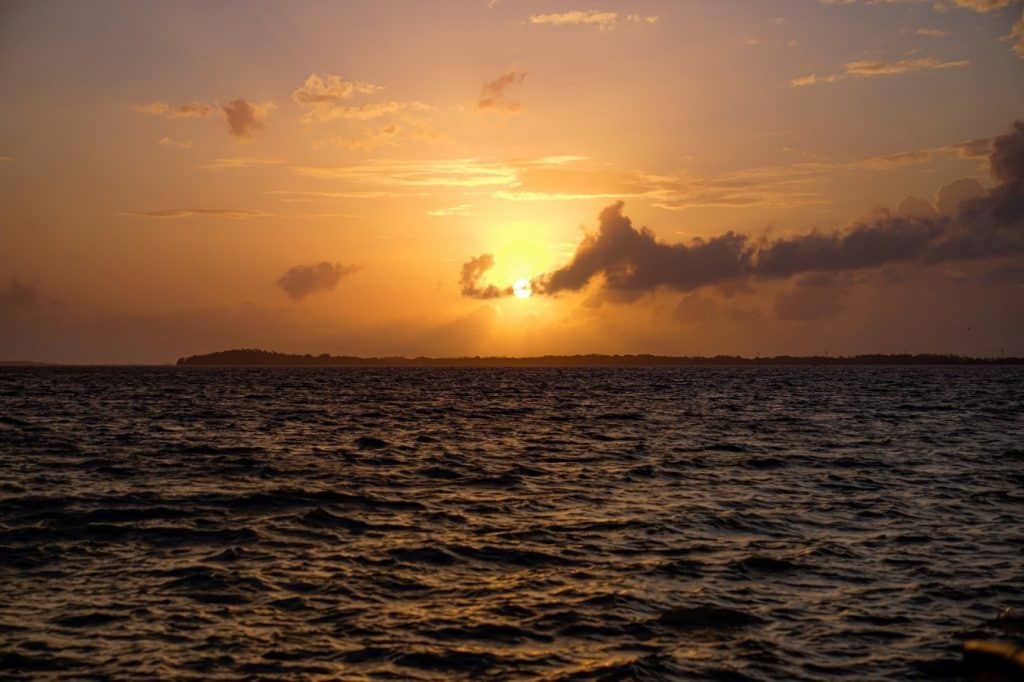
Additionally, in the fishing and aquaculture sector, a significant growth in the number of fish processing and aquaculture plants has been evident, increasing from 15 in 2006 to 36 in 2023, distributed on the Pacific and the Caribbean, for a 140% increase, according to the latest report from the Nicaraguan Institute of Fisheries and Aquaculture, INPESCA.
You can read: Nicaragua creates innovative «atlas» for fetal evaluation and medical diagnosis
In this regard, INPESCA detailed that the Nicaraguan government has implemented initiatives to strengthen and support fishing and aquaculture communities, such as the $32 million financing that benefited more than 6,000 families in the Nicaraguan Caribbean Coast.
You may be interested in: ICJ admits Nicaragua’s request to join lawsuit against Israel for genocide
These advances reflect the Nicaraguan government’s commitment to the progress and well-being of its citizens, as well as its focus on equitable and sustainable development in all regions of the country.

